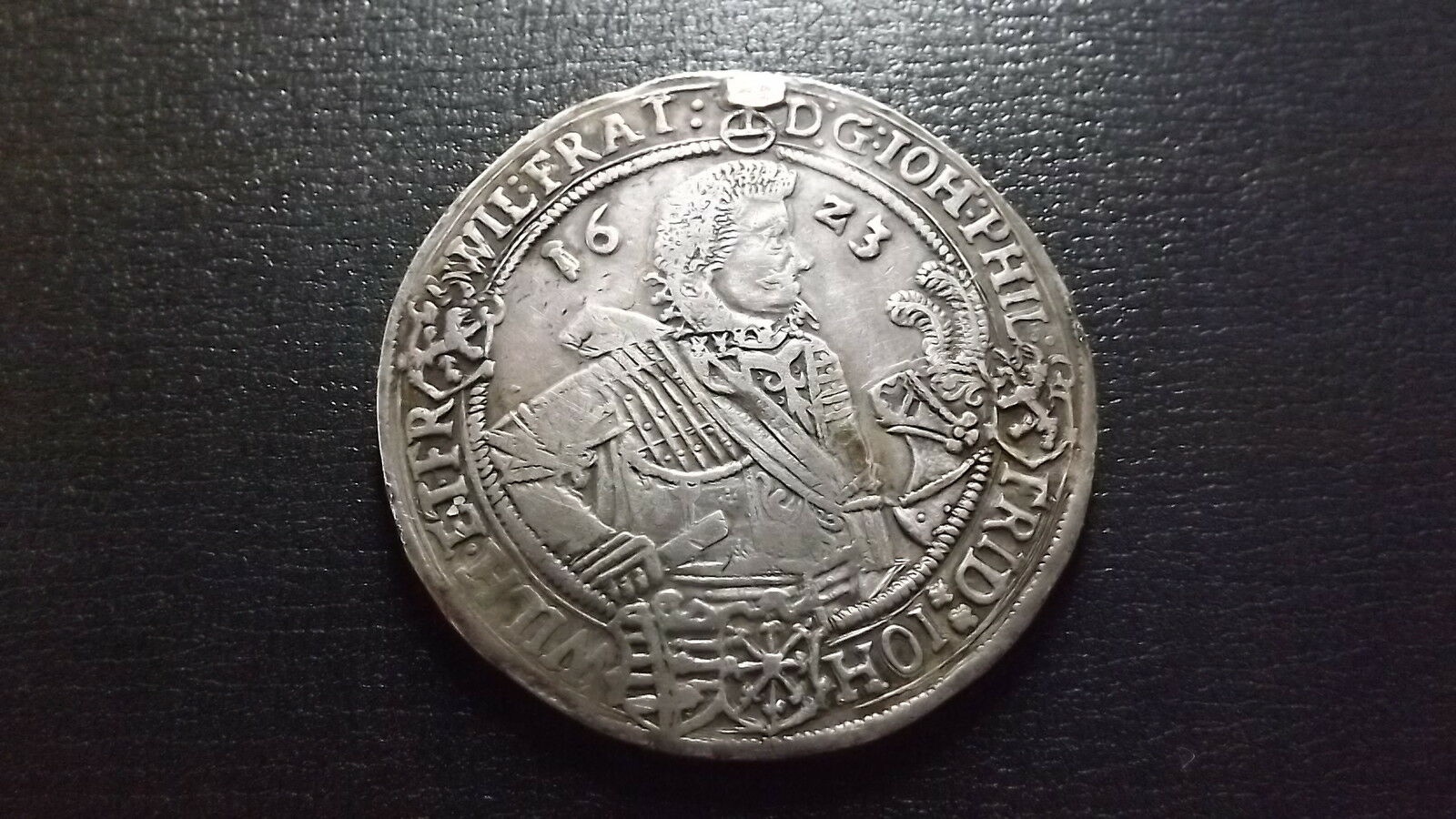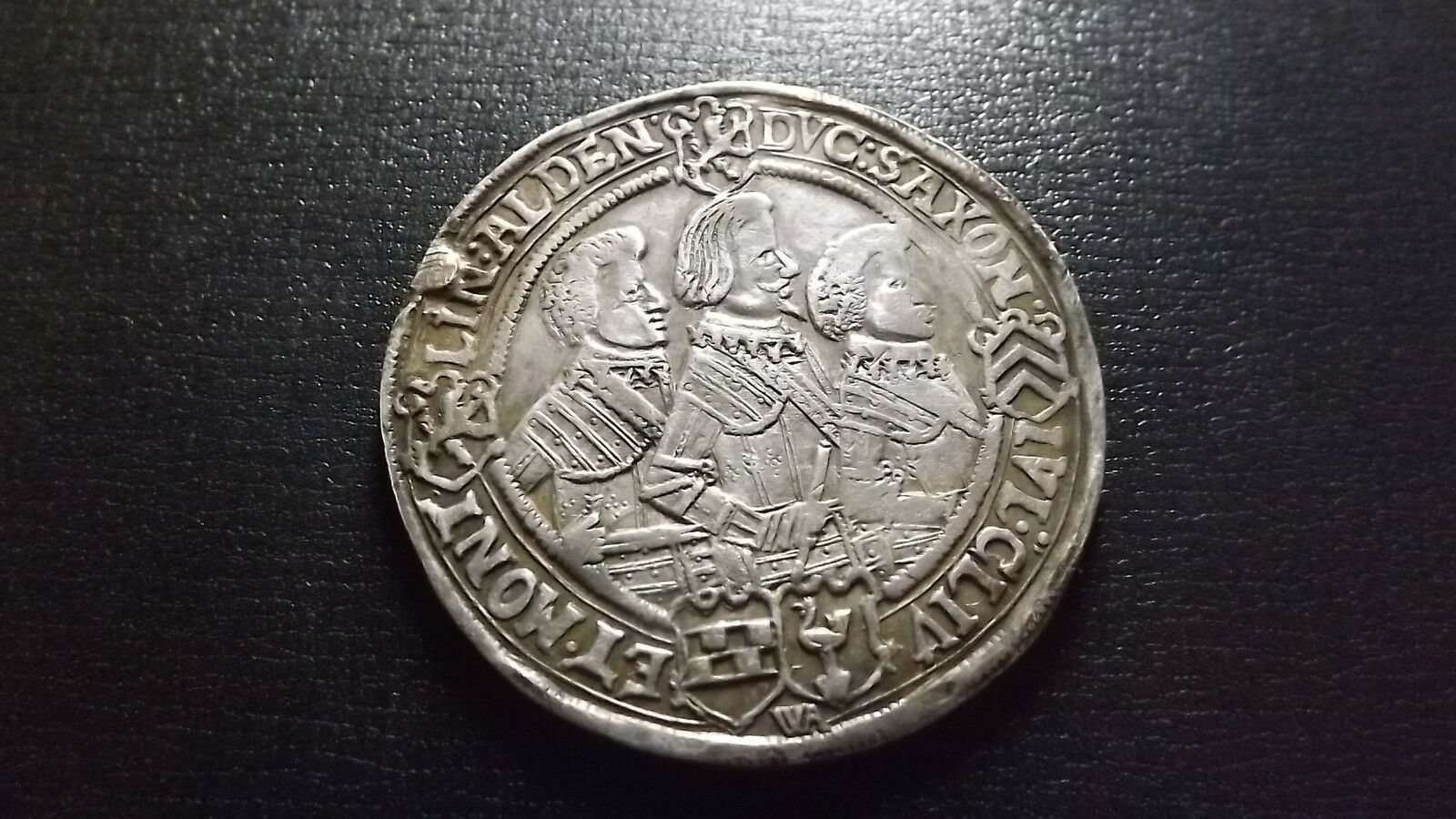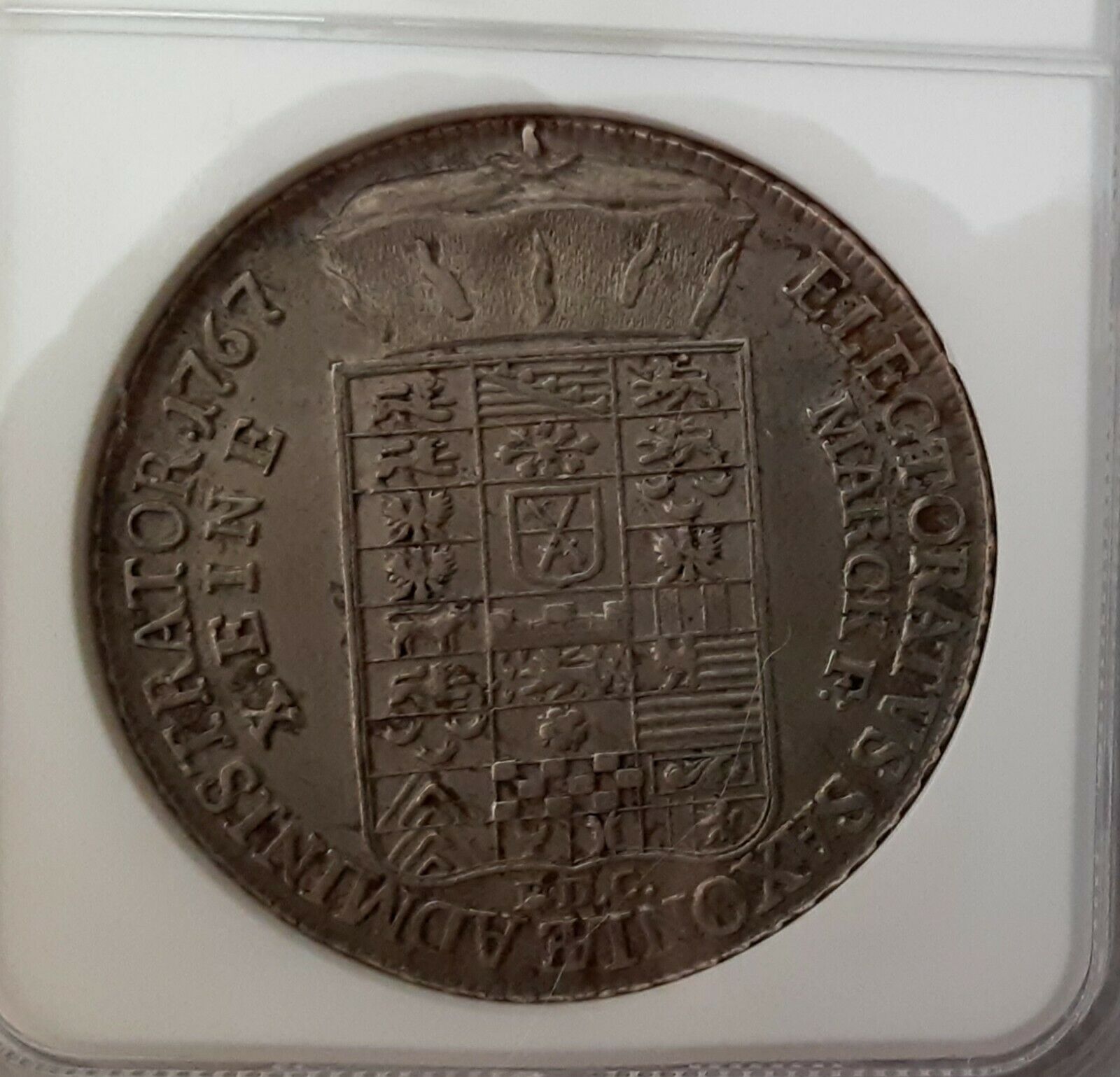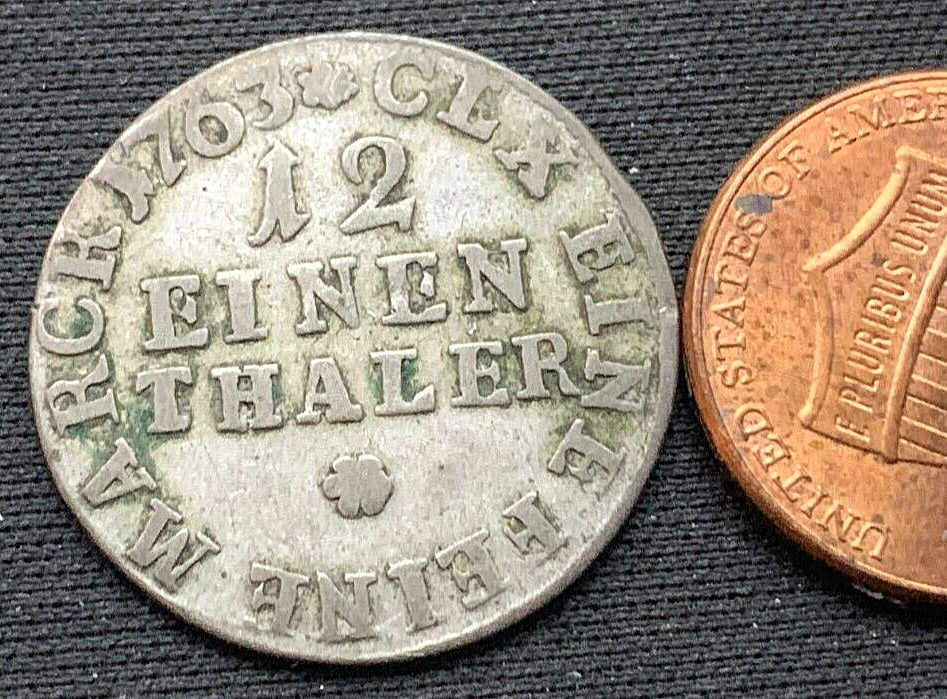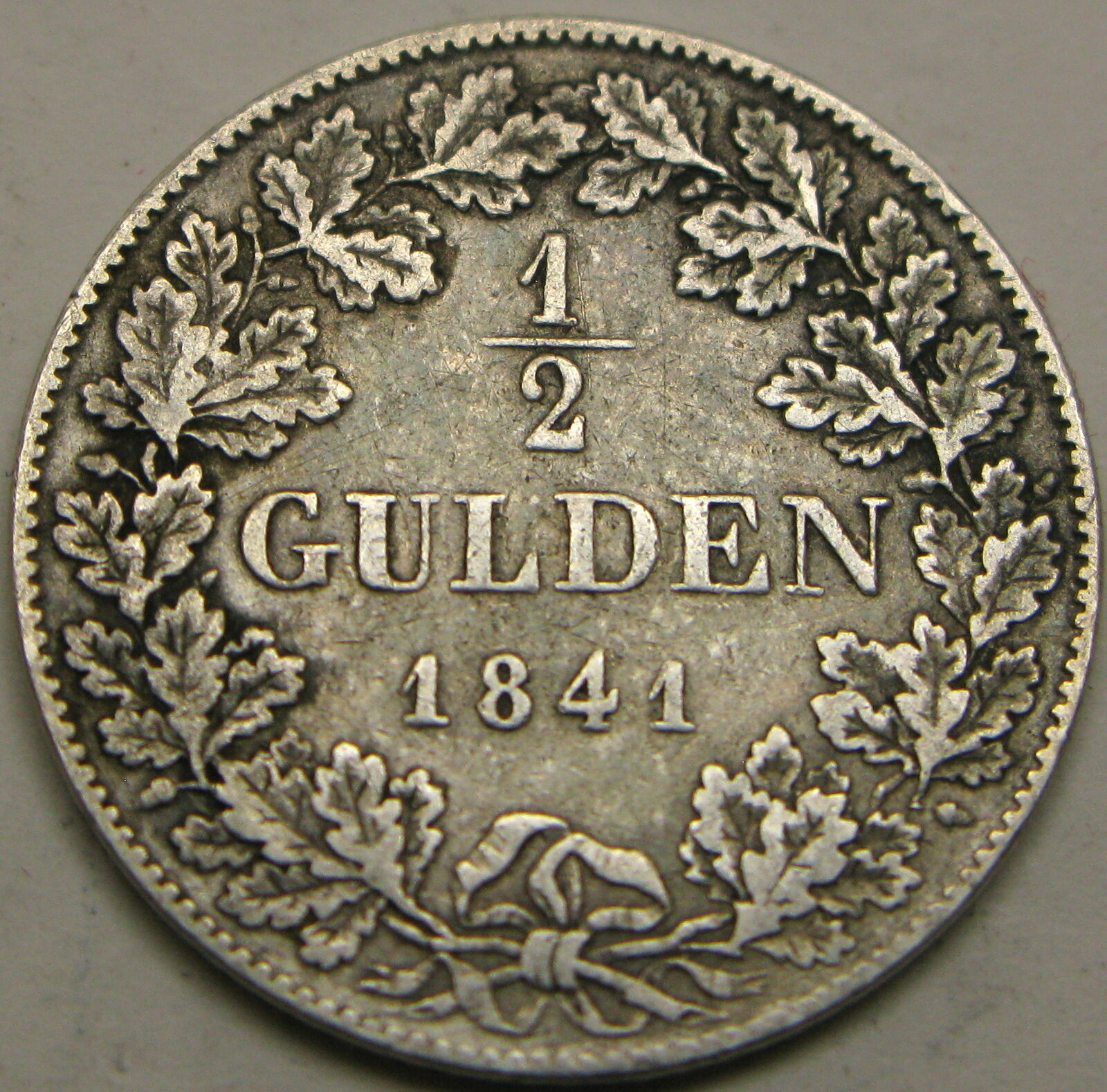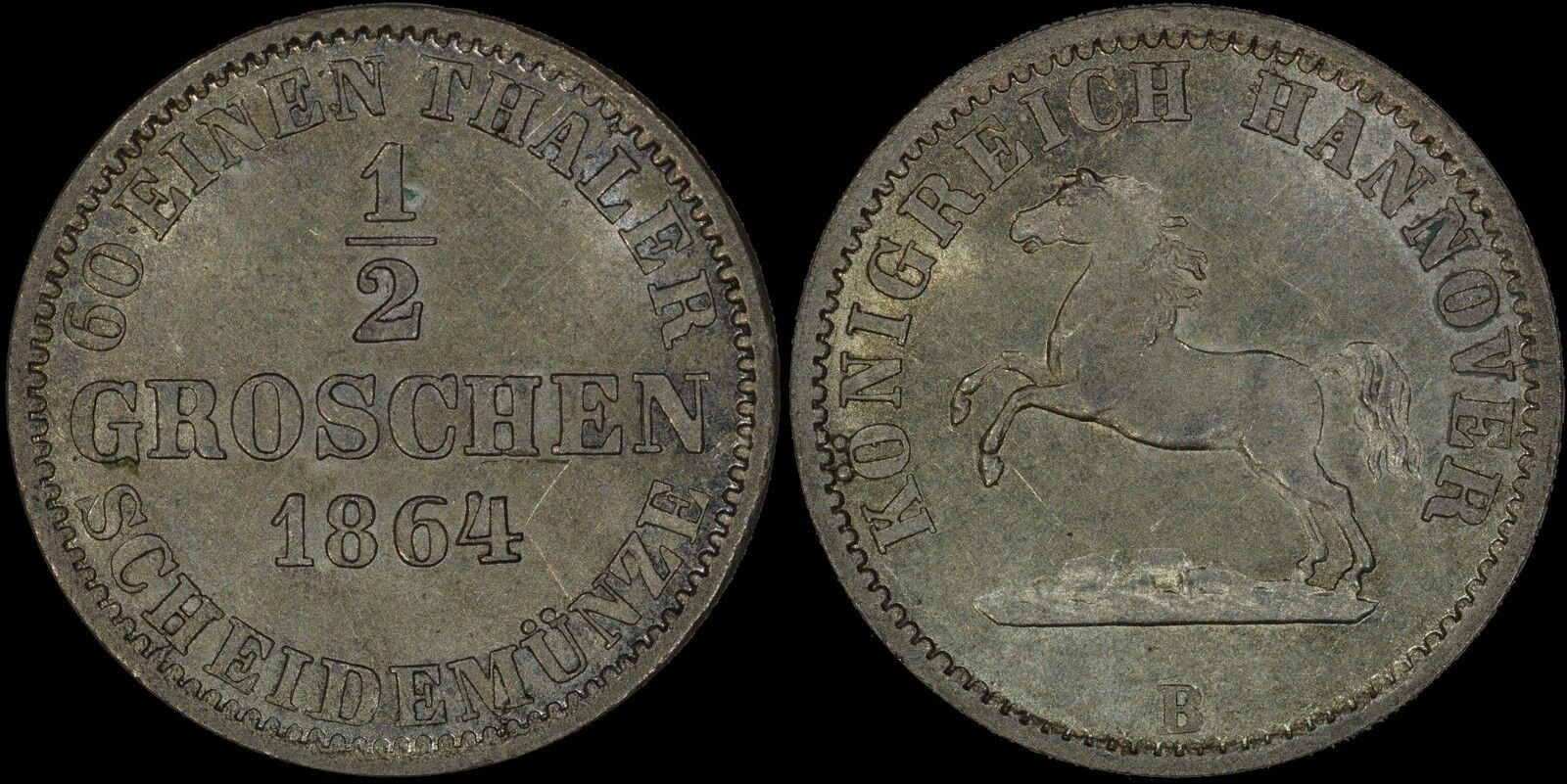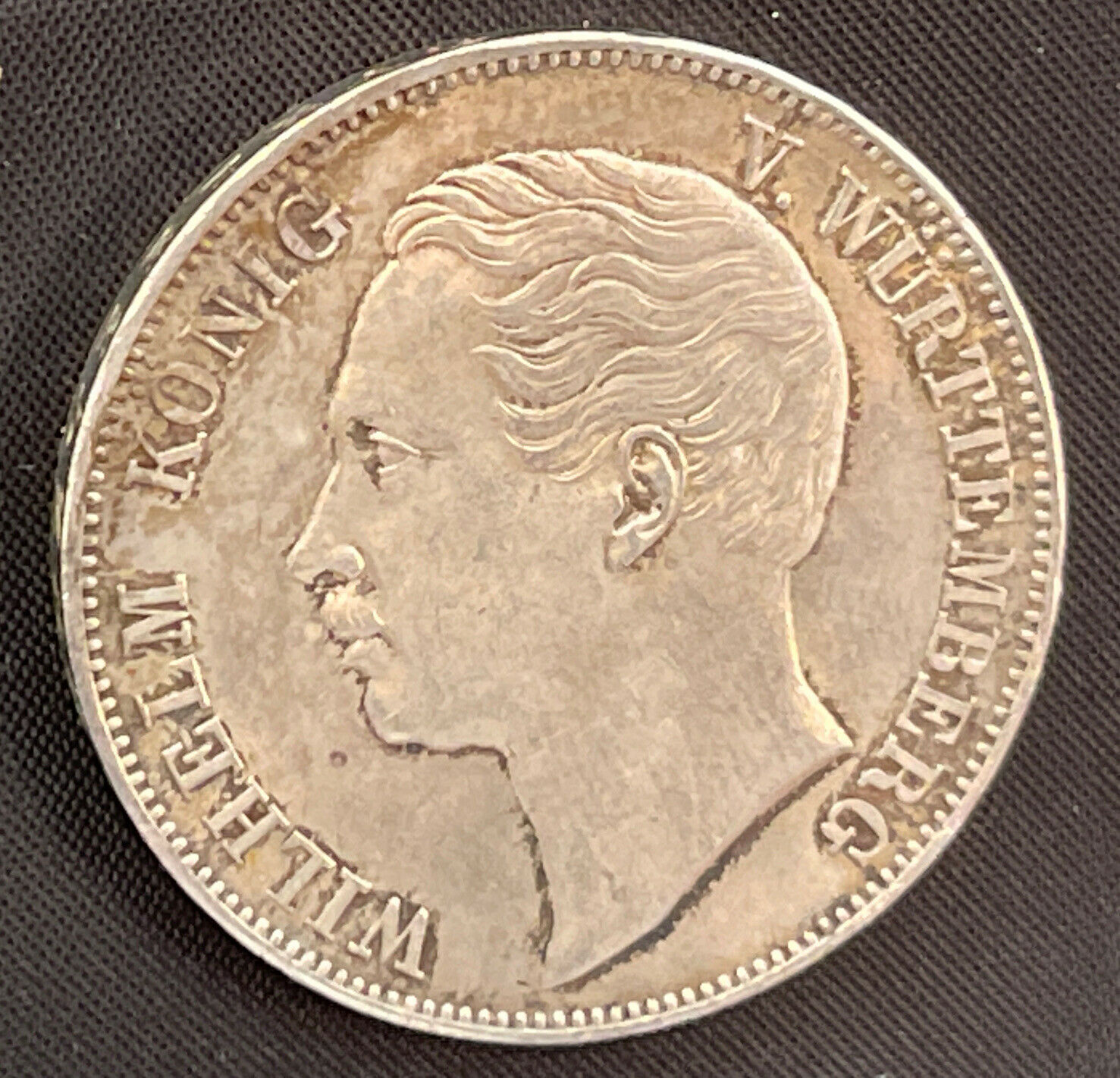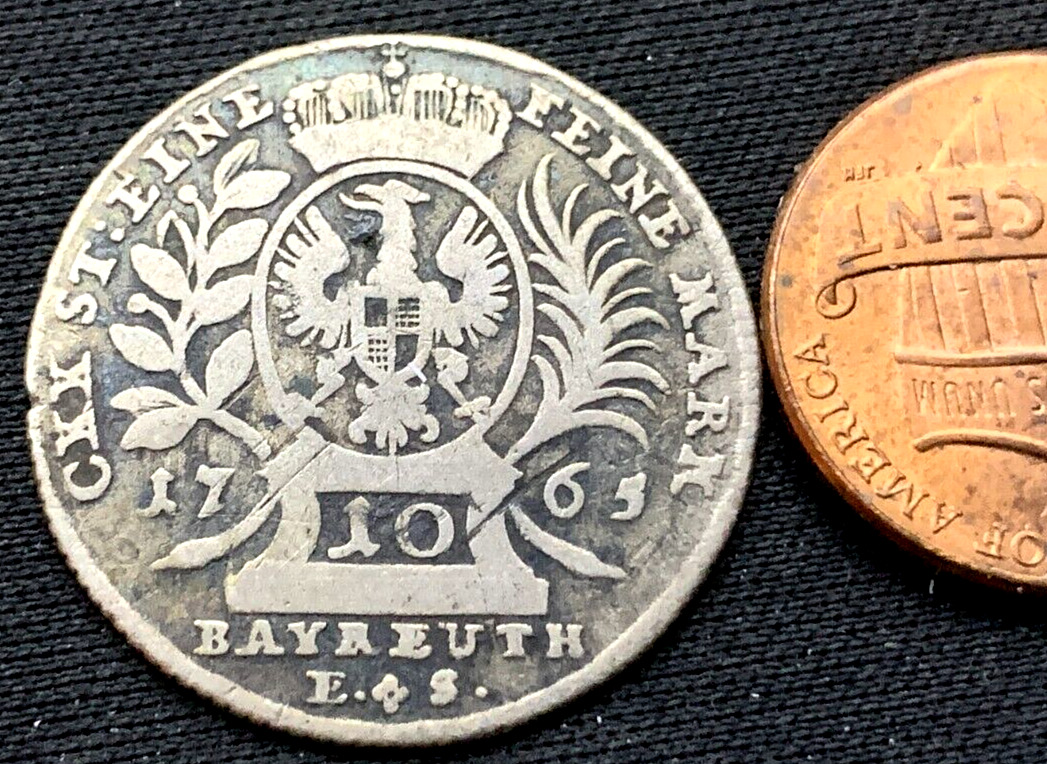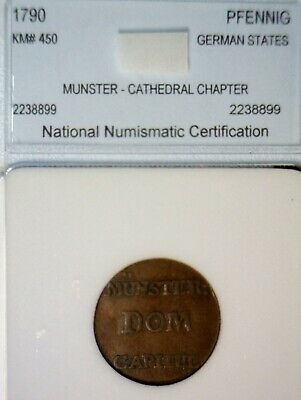-40%
1623 German States Saxe-Altenburg, John Philip I Large 4-Brothers Silver Thaler
$ 208.56
- Description
- Size Guide
Description
1623 Johann Philipp and his three brothers German StatesSaxe-Middle-Weimar-Taler.
Saalfeld Mint Mint Master Woilf Albrecht 44mm 28.99 Grams
In 1618, John Philip, as elder son, was declared adult and assumed the government of the duchy of Saxe-Altenburg. Also, he took over the guardianship of his younger siblings.
This concept of featuring the co rulers on the same coinage had its evolution on Saxon coins around 1485 when the House of Witten split into the two lines of Ernestine and Albertine when coins were struck jointly by the two brothers.
Just prior to 1600 both these lines produced multiple sons or heirs that had claim to joint ruler ship under their father’s will and Salic Law.
Talers featuring multiple brothers 3, 4 and up to 8 were struck from 1591 from both of the Wettin lines featuring 3 different blood cousins-
Three brothers from the
Albertine
line -
Christian II, John George I and August who were Electors of Saxony.
Four brothers
Johann Philipp I, Friedrich VIII, Johann Wilhelm IV and Friedrich Wilhelm II from the
Ernestine
line of Witten.
Eight brothers John Ernest I;
Frederick VII ; William III;
Albert
IV ; John Frederick VI;
Ernest I,
Prince Bernard; Frederick William from the Ernestine line sharing the same grandfather as the brothers featured in the four brother taler
This taler was based on a similar design struck in 1591- 1611 for their cousins Christian II, John George I and August Electors of Saxony and features
Johann Philipp and his three brothers and co- rulers Dukes Freidrich, Johann Wilhelm and Friedrich Wilhelm II
, and was struck 2 years prior to the 4 brothers becoming 3 as a result of Freidrich being killed in battle.
Obverse
Description:
Armoured bust of John Philip right helmet in left hand, right hand on sword hilt A tournament band bound round his shoulder and plumed helmet in front of him. Date (16-25) in fields all in inner circle broken by shields at left right and bottom.
Obverse
Legend
:
D : G : IOH : PHIL : FRID : IOH: WILH : ETFR : WIL : FRAT
Reverse Description
:
Three armoured busts of John Philip’s younger brothers Frederick, John William and Frederick William right with full face and inscription below containing date and mint master initials all within circular boarder broken above and below by shields middle duke holding baton in right hand all in inner circle broken by shields at quadrants, WA below
Reverse
Legend:
DVC : SAXON-IVL : CLIVI-. ET . MONT-LIN : ALDEN
Catalog reference:
Davenport 7367
.
Ruler:
John Philip I as regent for younger brothers.
Authenticity guaranteed and if for any reason you are not happy with your purchase we will refund your money back (see return policy)
Want to see more interesting Coins and Medals? Check out my other listings.
Ruler at time of minting
Ruler: John Philip as Duke of Saxe-Altenburg and regent for his three younger brothers.
John Philip, Duke of Saxe-Altenburg
(b. Torgau, 25 January 1597 - d. Altenburg, 1 April 1639), was a duke of Saxe-Altenburg.
He was the eldest (but fourth in order of birth) surviving son of Frederick William I, Duke of Saxe-Weimar and Anna Marie of Bavaria-Neuburg, his second wife.
When his father died (1602), John Philip and his younger brothers Frederick, John William and Frederick William were underage. Because of this, his uncle John (more interested in natural sciences and art than politics) took over his guardianship and the regency of his inheritance; but shortly after he took all the duchy of Saxe-Weimar into his own hands.
The next year (1603), the young prince of Saxe-Weimar demanded his own inheritance, but his uncle John opposed this. But finally, both parts made a divisionary treaty of the family lands: John Philip and his brothers took Altenburg and some towns, and John retained Weimar and Jena.
Because they were still underage, the regency of his duchy was taken by Christian II, Elector of Saxony (1603–1611) and later by his brother and next Elector, John George I (1611–1618).
In 1618, John Philip, as elder son, was declared adult and assumed the government of the duchy of Saxe-Altenburg. Also, he took over the guardianship of his younger siblings. The four brothers co-ruled the duchy, but two of them died soon after and childless: Frederick, who was killed in action in 1625, and John William, died in Brieg on 1632.
John Philip and his only surviving brother, Frederick William II, continued as co-rulers; but, in fact, it was John Philip who really assumed the supreme and full control of the government until his death.
In 1613, John Philip was appointed Dean of the University of Leipzig. Also, he was an active member of the Fruitbearing Society.
In 1638, he received the towns of Coburg, Bad Rodach, Römhild, Hildburghausen and Neustadt, according to the divisionary treaty between him and the branch of Saxe-Weimar after the death of the duke John Ernest of Saxe-Eisenach without surviving issue.
Before his death, he made a will, when he declared his daughter the general heiress of the branch of Saxe-Altenburg, only in case of extinction of the male issue of the family. This will later originated a dispute between the branches of Saxe-Gotha and Saxe-Weimar.
John Philip was succeeded by his younger and only surviving brother, Frederick William II.
House of Wettin
The
House of Wettin
is a dynasty of
German
counts
,
dukes
,
prince-electors
(Kurfürsten) and
kings
that once ruled the area of today's German states of
Saxony
, the Saxon part of
Saxony-Anhalt
, and
Thuringia
for more than 800 years and took their name from a castle on the Saale near Halle. The family gained prominence in the 10th century as leaders in the German drive to the east, which made Saxony and Lusatia German. It acquired (c.1100) the margravate of Meissen and soon expanded its domains to include most of
Saxony
and
Thuringia
. In 1423, Frederick the Warlike of Meissen was granted Saxony and became (1425) elector of Saxony as
Frederick I
. The Wettin holdings were repeatedly subdivided.
The most important division (1485) established the Ernestine line and the Albertine line, named for Frederick II's sons Ernest and Albert when they ruled the territories jointly.
Although the older, Ernestine branch remained predominant until 1547 and played an important role in the beginnings of the
Protestant Reformation
, their predominance ended in the
Schmalkaldic War
, which pitted the Protestant
Schmalkaldic League
against
Emperor Charles V
.
Although itself Protestant, the Albertine branch rallied to the Empire's cause; Charles V rewarded them by forcing the Ernestines to sign away their rights to the Electoral title and lands to the Albertines and thus t
he electoral title and most of Saxony passed from the Ernestine to the Albertine line.
.
In 1603 a
division of Ernestine lands occurred when
Johann III complied with the demand of his deceased elder brother Frederick William I three sons and the duchy of Saxe- Weimar which was then made up of the region around Weimar and the districts of Altenburg, Gotha and Meiningen was split amongst them with his three nephews receiving the main area around Altenburg while Johann III retained the areas around Weimar and Jena for himself.
Taler
German silver
dollar
. Name derived from the Joachimsthaler
guldengroschen
first coined by the counts of Schlick at Joachimsthal, Bohemia, in 1519. The
thaler
(
guldengroschen
), first coined at Hall, Tyrol, in 1484, with a gross weight of 31.94 grams 0.939 fine, shrank so that by 1873 when it was discontinued it weighed but 18.4 grams 0.906 fine.
Typical Mint in 1600s
The outside of the mill. Big wooden wheel under the waterfall. It turns by means of water running
Mill wheel
The wheel rotates the arbor connected to three heavy hammers for coining. The oven can be seen to the left.
Cangs were made here – they are ingots of silver of the needed mark of assay. They were burnt and beaten out to the needed thickness; then planchets were cut with the help of tinsnips. Ready-made coin circles were matched and then corrected by weight.
Terms of sale
Payment Policy
Only PayPal is Accepted.
Payment is expected within 48 hours. If you're bidding on other items, please let me know prior to issuing invoice so I can try and ship together and pass on savings to you.
Shipping Policy
Best endeavour will be used to ship items on the next business day of receiving full payment.
Unless otherwise specified, I ship all coins in protective sleeves and enclose in bubble wrapped envelopes to protect. I absorb material and handling costs in my shipping rates.
I ship worldwide. Postage costs are flat.
I generate shipping labels from PayPal. Please make sure the information is correct with all details required to ensure speedy arrival.
I ship from Australia and receipt will depend on a range of circumstances pertaining to the method chosen to ship.
International Shipping
Any Import duties, taxes and charges are the buyer's responsibility.
If unsure please check with your country's customs office to see if there are any additional costs prior to bidding/buying.
If there are any charges they will be normally collected by the delivering freight (shipping) company or when you pick the item up. Please do not confuse them for my shipping charges.
Although it is an extra cost we recommend insurance on items that are over 0 and on any deemed non replaceable..
Returns Policy
We endeavour to provide accurate descriptions and details of the items for sale and any opinion of quality is just that- our opinion and we give no warranties either expressed or implied as to our opinion especially respecting grades. This is because grading can vary depending on many factors such as tone colour strike blemishes and overall combination of all the before mentioned even between professional graders so please make your own examination from the photos so as to make your own assessment.
If for whatever reason you are not completely happy with your purchase, please email me with your concerns within 7 days and if they cannot be resolved, then so long as you return it to me in the same condition as it was sent I will give you a refund of the sale cost of the item.
On Jun-29-16 at 01:46:40 PDT, seller added the following information:
Track Page Views With
Auctiva's FREE Counter
